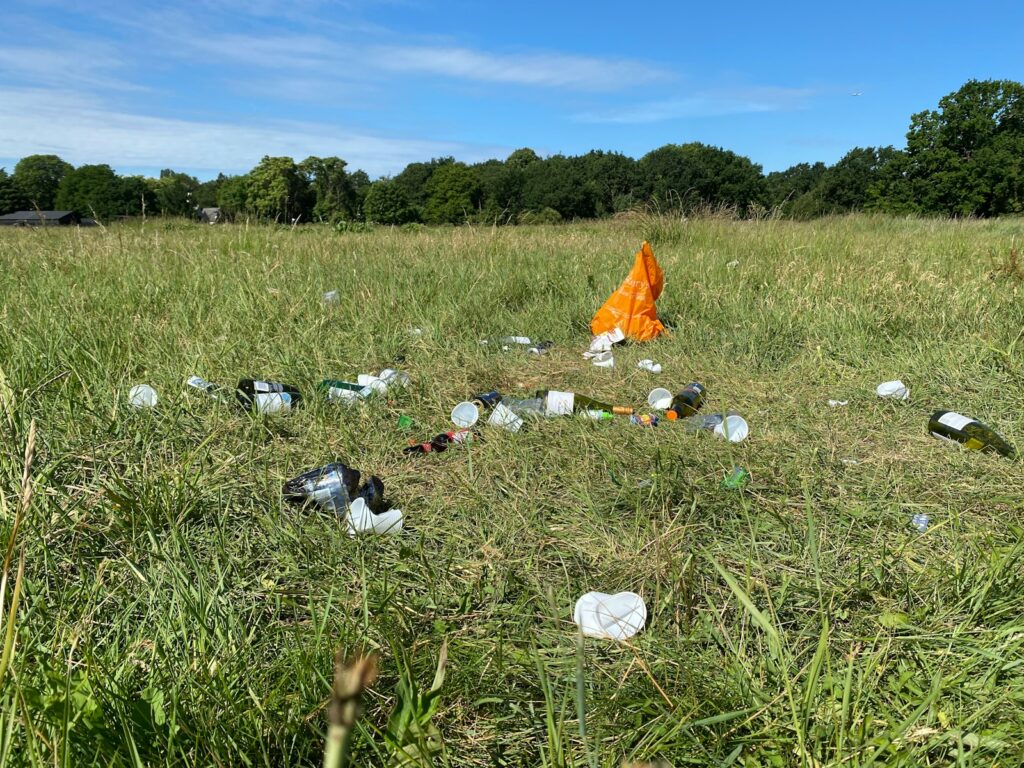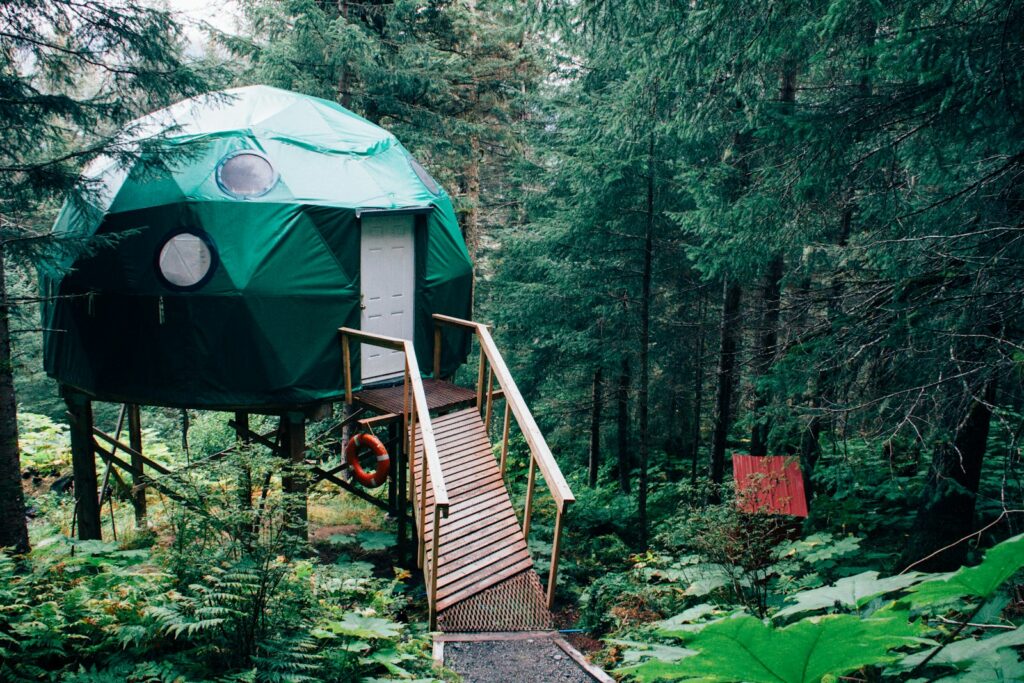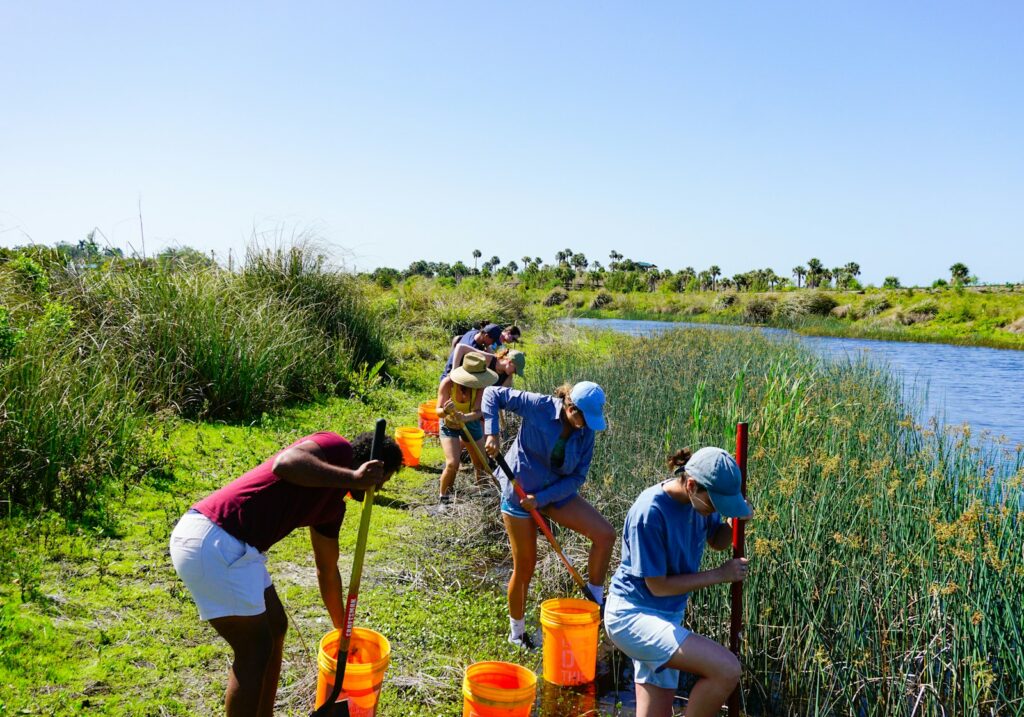National parks stand as living monuments to nature’s grandeur, preserving some of our planet’s most spectacular landscapes and diverse ecosystems. From the towering sequoias of Yosemite to the otherworldly geothermal features of Yellowstone, these protected areas offer visitors unparalleled opportunities to connect with the natural world. However, with over 300 million annual visitors to U.S. national parks alone, our collective footprint can significantly impact these fragile environments. Responsible travel isn’t just an option—it’s essential for ensuring these treasured spaces remain intact for future generations. By adopting mindful practices, we can minimize our environmental impact while maximizing our appreciation of these wild and beautiful places. Here are twelve actionable eco-tips that will help you travel more sustainably on your next national park adventure.
Plan Your Visit During Off-Peak Times

Visiting national parks during shoulder seasons or weekdays can dramatically reduce your environmental impact while providing a more intimate experience with nature. During peak summer months and holidays, popular parks like Grand Canyon and Zion can experience severe overcrowding, which strains infrastructure, increases pollution, and disrupts wildlife. By planning your visit for spring or fall, you’ll not only enjoy milder weather and fewer crowds but also help distribute the tourism impact more evenly throughout the year. Additionally, many parks showcase spectacular seasonal phenomena during off-peak times, such as spring wildflower blooms or fall foliage, offering unique experiences unavailable to summer-only visitors.
Embrace Public Transportation and Shuttles

One of the most significant ways to reduce your environmental footprint is to leave your personal vehicle behind whenever possible. Many national parks, including Yosemite, Zion, and Grand Canyon, offer free shuttle systems that efficiently transport visitors to popular trailheads and viewpoints. These systems prevent thousands of tons of greenhouse gas emissions annually while reducing traffic congestion and the need for expanded parking infrastructure. Beyond park shuttles, consider utilizing regional public transportation options to reach park entrances, such as the Amtrak connections to Glacier National Park or bus services to Great Smoky Mountains. Some parks even offer incentives for visitors who arrive via public transportation, including discounted entry fees or special tours.
Practice Proper Waste Management

The adage “pack it in, pack it out” remains the golden rule of waste management in natural areas. Before setting out on your adventure, minimize packaging by transferring food into reusable containers and removing unnecessary wrappings. While exploring, keep a dedicated bag for collecting your trash, including seemingly biodegradable items like apple cores and orange peels, which can take months or years to decompose in certain environments. Be particularly vigilant about microtrash—tiny pieces of wrappers, bottle caps, or corner tears from energy bar packages—as these easily overlooked items can be ingested by wildlife with fatal consequences. Many parks have implemented recycling programs, but facilities vary widely, so research the specific waste management options at your destination and be prepared to carry recyclables to appropriate facilities.
Stay on Designated Trails

The simple act of remaining on established paths represents one of the most effective ways to protect delicate park ecosystems. When visitors venture off-trail, they compact soil, damage root systems, and create unauthorized social trails that lead to erosion and habitat fragmentation. In desert environments like Arches or Canyonlands, footsteps can damage biological soil crusts—living communities of cyanobacteria, lichens, and mosses that prevent erosion and create nutrients—with recovery times measured in decades. Even in seemingly robust alpine environments, plants growing at high elevations have extremely short growing seasons and can take years to recover from trampling. Staying on designated trails also protects wildlife by maintaining undisturbed habitat and minimizing stress on animals who might otherwise alter their natural behaviors in response to human presence.
Adopt Leave No Trace Principles

The seven Leave No Trace principles provide a comprehensive framework for minimizing environmental impact while enjoying outdoor spaces. These principles include planning ahead and preparing, traveling and camping on durable surfaces, disposing of waste properly, leaving what you find, minimizing campfire impacts, respecting wildlife, and being considerate of other visitors. Each principle encompasses specific practices tailored to different environments—for instance, in riparian areas, camping at least 200 feet from water sources protects these critical zones from contamination and overuse. Understanding and implementing these principles requires ongoing education, as best practices evolve with scientific understanding and varying conditions across different parks. The Leave No Trace Center for Outdoor Ethics offers park-specific resources that can help you adapt these principles to the unique ecosystem you’re visiting.
Choose Sustainable Accommodations

Your choice of lodging significantly influences your overall environmental impact when visiting national parks. Look for accommodations with recognized environmental certifications such as LEED (Leadership in Energy and Environmental Design) or those participating in programs like the National Park Service’s Climate Friendly Parks initiative. Many historic park lodges have undergone green retrofits while maintaining their cultural significance, implementing energy-efficient systems, water conservation measures, and sustainable waste management. If camping, select established campgrounds where human impact is already concentrated rather than dispersed backcountry sites in less-impacted areas. For stays in gateway communities, research locally-owned options that demonstrate environmental commitments through practices like renewable energy use, water conservation programs, minimal single-use plastics, and support for local conservation initiatives.
Conserve Water Resources

Water scarcity affects many national parks, particularly in arid western regions where drought conditions have become increasingly common. Visitors can significantly reduce their water footprint by taking simple conservation measures throughout their stay. Limit shower time in park facilities, turn off taps while brushing teeth, and reuse towels when staying multiple nights in lodging. When camping, use biodegradable soap sparingly and always at least 200 feet from natural water sources to prevent contamination. Consider carrying a portable water filter or purification system for backcountry trips, which eliminates the need to pack out empty water bottles. In desert parks like Death Valley or Joshua Tree, plan carefully for water needs and never waste this precious resource, as park operations often rely on limited groundwater supplies that cannot be quickly replenished.
Minimize Wildlife Disturbance

Observing wild animals in their natural habitat represents one of the most memorable aspects of national park visits, but responsible wildlife viewing requires mindfulness and restraint. Always maintain appropriate distances—at least 100 yards from predators like wolves and bears, and 25 yards from other large mammals such as bison, elk, and moose. Use binoculars or telephoto camera lenses to appreciate wildlife details without approaching too closely. Never feed any wild animals, including seemingly harmless squirrels or birds, as human food disrupts natural diets and creates dangerous dependencies. Understand that even subtle human disturbances can have significant consequences, particularly during sensitive periods like mating seasons, nesting times, or winter months when animals operate on tight energy budgets and each unnecessary flight or stress response depletes crucial reserves.
Support Local and Indigenous Communities

Ethical travel extends beyond environmental considerations to include positive social impacts, particularly regarding the communities connected to national park lands. Many parks exist on ancestral territories of Indigenous peoples who maintained these landscapes for millennia before park designation. Research the Indigenous history of the area you’re visiting and seek out educational resources created by or in partnership with tribal nations. Choose Native-owned businesses, guided experiences, and cultural centers that provide authentic perspectives and direct economic benefits to Indigenous communities. In gateway towns, opt for locally-owned restaurants, shops, and services rather than national chains, ensuring your tourism dollars strengthen the regional economy. Look for businesses that demonstrate commitment to environmental stewardship and contribute to community conservation initiatives that protect the landscapes surrounding the parks.
Minimize Light and Noise Pollution

Natural darkness and soundscapes represent increasingly rare resources that deserve protection within national parks. Light pollution not only diminishes the awe-inspiring experience of stargazing but also disrupts nocturnal wildlife behavior, affecting everything from predator-prey relationships to reproduction cycles. When camping, use red-filtered flashlights, which provide sufficient illumination while preserving night vision and minimizing impact on light-sensitive animals. Similarly, human-generated noise can propagate surprisingly far in natural settings, masking the natural sounds that form vital communication channels for wildlife. Speak quietly, avoid playing music outdoors, and appreciate the subtle soundscape of wind, water, and wildlife that exists when we refrain from adding our own acoustic footprint. Many parks now offer special dark sky and soundscape programs that can deepen your appreciation for these often-overlooked natural resources.
Reduce Carbon Emissions Throughout Your Journey

Climate change poses perhaps the greatest threat to national parks, altering weather patterns, increasing wildfire frequency, shifting species ranges, and accelerating glacial melt. Responsible travelers can minimize their contribution to this global challenge through thoughtful transportation choices throughout their journey. Consider carbon offset programs for unavoidable flights, or better yet, plan regional trips accessible by train or bus. Once at your destination, combine multiple sites into efficient routes to minimize driving distances, and maintain proper tire pressure for optimal fuel efficiency. If renting a vehicle, select hybrid or electric options when available, and utilize park charging stations that increasingly appear at visitor centers. Beyond transportation, reduce energy use in accommodations by adjusting thermostats and turning off lights and electronics when not in your room.
Become an Advocate and Steward

Perhaps the most powerful eco-tip extends beyond your visit: becoming an ongoing advocate for national park protection and conservation. Consider participating in citizen science initiatives during your visit, such as wildlife counting projects, invasive species monitoring, or phenology tracking that helps scientists document climate change impacts. Join park-specific friends groups or national organizations like the National Parks Conservation Association that advocate for adequate funding and science-based management. Many parks offer volunteer vacation opportunities where visitors can contribute to trail maintenance, habitat restoration, or archaeological preservation while gaining deeper insight into park operations. Share your knowledge of responsible practices with fellow travelers, both in person and through social media, emphasizing the positive experiences that come with low-impact approaches rather than focusing on restrictions.
National parks represent our collective natural heritage—living museums of biodiversity, geology, and cultural history that deserve our utmost care and respect. By implementing these twelve eco-tips, you’ll not only minimize your environmental footprint but also likely discover a richer, more meaningful connection to these extraordinary landscapes. Responsible travel isn’t about limitation—it’s about deepening our awareness and appreciation of the complex natural systems that sustain these protected areas. When we travel mindfully, we become participants in preservation rather than mere consumers of natural beauty. The small choices we make as visitors collectively determine whether national parks will continue to inspire wonder and provide ecological sanctuary for generations to come. As environmentalist John Muir wisely noted, “When we try to pick out anything by itself, we find it hitched to everything else in the universe”—a perfect reminder that our actions in these special places ripple far beyond our momentary presence.

